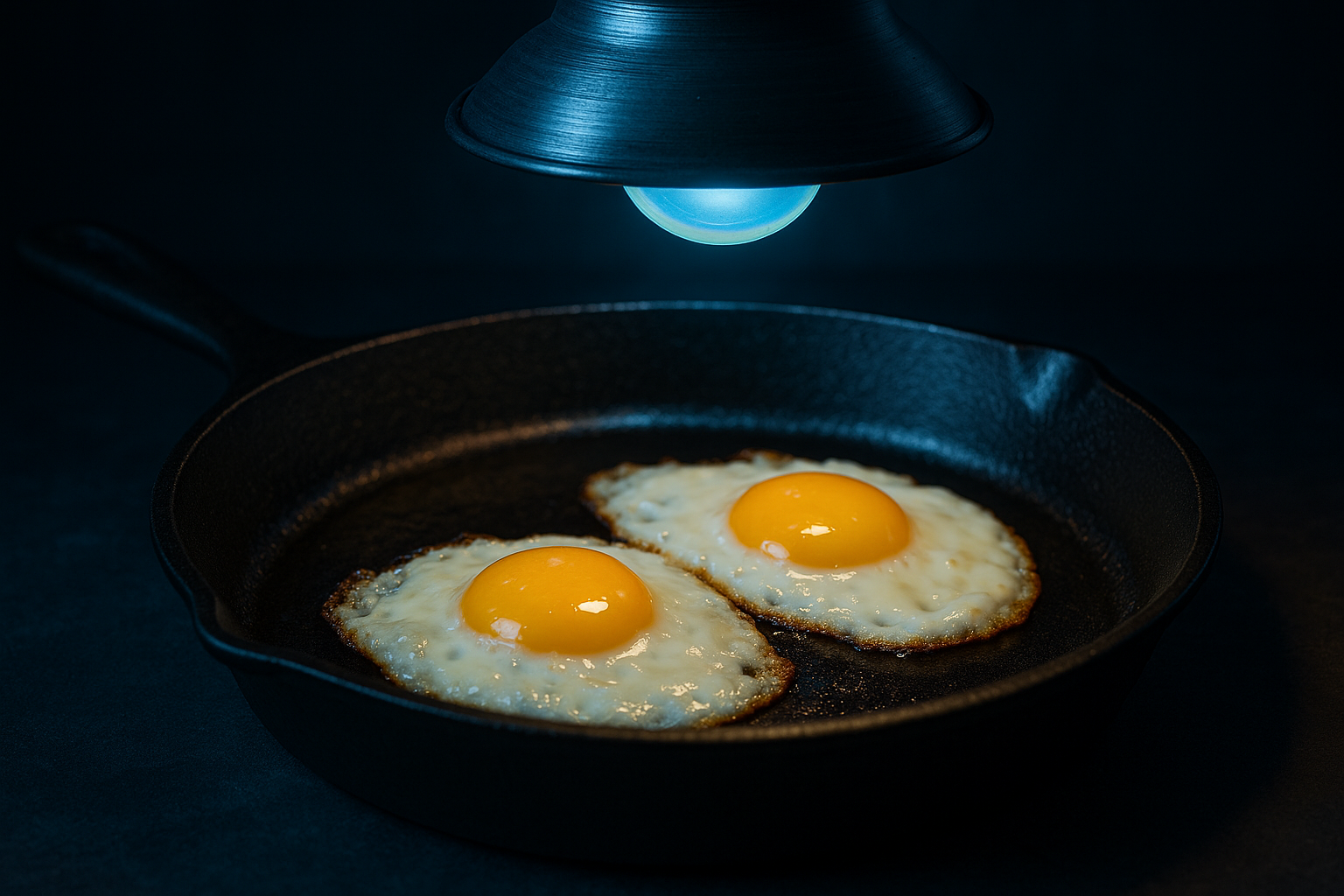The Rise, Fall, and Rebirth of Ray-Ban: A Sunglasses Saga
General Douglas MacArthur, Supreme Commander, Southwest Pacific Area, from 1942 to 1945 during WWII wearing Ray-Ban Aviator sunglasses
Part 1: The Birth of an Icon
Imagine it’s the 1930s. You’re a pilot in the U.S. Army Air Corps, soaring through the sky with a leather cap and a thin scarf dramatically fluttering behind you. Your biggest problem? The blinding sun. Enter Bausch & Lomb, a medical optics company, who invents a solution: Ray-Ban Aviators. The name? Literal. These sunglasses were designed to ban rays from frying pilots’ eyeballs. The teardrop-shaped lenses weren’t just for style—they perfectly covered the field of vision pilots needed while scanning their instrument panels.
Then came World War II, and with it, the legend of General Douglas MacArthur striding onto a Philippine beach, rocking a corncob pipe and a pair of Ray-Bans like he was starring in an action movie. That photo went viral (or at least, the 1940s version of viral), and suddenly, Ray-Bans weren’t just for pilots. They were for everyone who wanted to look effortlessly cool.
Buddy Holly wearing the original Ray-Ban Wayfarer.
Fast-forward to the 1950s, and Ray-Ban caught pop culture lightning in a bottle again. They released the Wayfarer, a futuristic design inspired by 1950s car tailfins, and Hollywood ate it up. James Dean. Marilyn Monroe. Buddy Holly. The Wayfarer wasn’t just sunglasses—it was rebellion, it was counterculture, it was cool. By the end of the ‘60s, Ray-Ban was selling 3 million pairs a year. Life was good.
Tom Cruise helped re-popularize the Wayfarer with the movie ‘Risky Business’ (1983)
Part 2: The 80s Revival—And the Crash
Then came the 70s, and Wayfarers went the way of disco—forgotten. By 1981, Ray-Ban sold a sad 18,000 pairs. Not great.
Enter The Blues Brothers, a last-minute Hollywood boost that turned out to be a preview of what was to come. Desperate, Ray-Ban made a $50,000 gamble—they paid a product placement company to stuff their sunglasses into as many movies and TV shows as possible. The results? Risky Business (1983). Tom Cruise, dancing around in socks and Wayfarers. Boom. Sales jumped to 360,000 pairs. Then The Breakfast Club, Miami Vice, Top Gun. By 1987, annual sales had skyrocketed back to 1.5 million pairs.
But here’s the thing about business: when something works, people push it too far. By the 90s, Ray-Ban drowned itself in success—you could now buy them at gas stations and bargain bins next to flimsy plastic flip-flops. Cheap knockoffs flooded the market. Meanwhile, Oakley was dominating the “cool sunglasses” game with futuristic wraparound shades. Ray-Ban went from an icon to just another generic pair of sunglasses. Sales tanked.
By the late 90s, Ray-Ban was a dying brand.
Part 3: The Comeback
The Ray-Ban Wayfarer + Meta collaboration merges the future and the past.
Then came Luxottica, the Italian eyewear powerhouse, who saw Ray-Ban for what it was: a fallen king waiting for a comeback. They bought the brand in 1999 and made one brilliant decision: they pulled Ray-Bans out of gas stations and bargain bins. If you wanted a pair, you had to go to high-end stores again. Suddenly, Ray-Bans felt exclusive again.
The company also leaned into nostalgia—instead of chasing trends, they went back to what made Ray-Bans iconic: classic designs, high quality, and timeless cool. The result? By the 2010s, Ray-Ban was bigger than ever, selling over 20 million pairs a year. Celebrities, influencers, and regular people alike once again saw Ray-Ban as the sunglasses brand.
Part 4: The Business Lesson
Ray-Ban’s history is a masterclass in brand management. It’s the story of a company that became too successful, got greedy, diluted its brand, and nearly died—only to be resurrected by strategic marketing and a return to its roots.
Bausch and Lomb is no longer a pop-culture inspiring company, and is better known for its medical products, including contact lenses.
It’s a lesson for boardrooms everywhere:
• Brand exclusivity matters. Making something too available can destroy its appeal.
• Nostalgia is powerful. People don’t always want new—sometimes, they want iconic.
• A good product alone isn’t enough. Without smart marketing, even legends can fade.
Today, Ray-Ban isn’t just a pair of sunglasses. It’s history. It’s culture. It’s a comeback story done right.
A rare photo of Roy Orbison not wearing his trademark Wayfarer sunglasses. Contrary to myth, Roy was not blind. Although from this photo it appears that his right eye was lazy (exotropia).
Dr. Burke is an optometrist practicing at Calgary Vision Centre. Opinions above do not constitute medical advice, and readers should consult with their optometrist and health care team if they have questions or concerns about their eye health.









